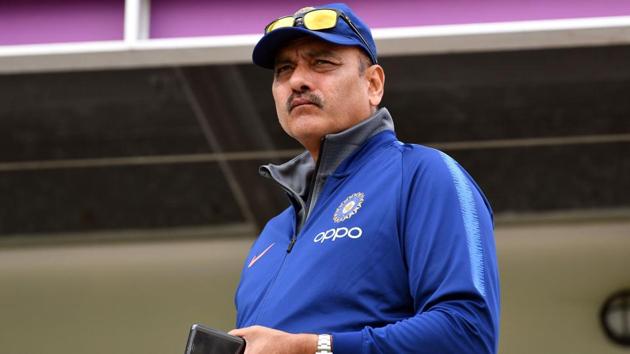
Introduction
Ravi Shastri stands as one of the towering figures in Indian cricket history. His extensive career as a player, commentator, and coach has not only shaped his own legacy but has significantly influenced the direction of Indian cricket. As the nation prepares for another international season, reflecting on Shastri’s contributions offers valuable insights into the game’s evolution in India.
Playing Career
Ravi Shastri made his debut for the Indian cricket team in 1981 and quickly established himself as a versatile all-rounder. Over a span of 80 Test matches, he amassed 3,108 runs and claimed 151 wickets. His prowess was particularly noted during the 1985 World Championship of Cricket, where his outstanding performance led India to victory. Besides Test cricket, Shastri was also a noteworthy limited-overs player, representing India in 150 One Day Internationals (ODIs) and amassing over 3,000 runs, including 6 centuries.
Transition to Commentary and Coaching
After retiring from international cricket in 1992, Shastri transitioned into commentary, where his deep knowledge of the game and charismatic personality endeared him to cricket fans. His incisive analysis and commentary have made him a familiar voice during major cricket broadcasts. During his commentary career, he also served briefly as the team manager of India, experiencing the pressures of leadership from the sidelines.
In 2017, Shastri was appointed as the head coach of the Indian cricket team, a position he held until 2021. Under his guidance, India achieved historic milestones, including a Test series victory in Australia and strong performances in ICC tournaments. His coaching philosophy placed significant emphasis on mental strength and aggression, reshaping the team’s approach to international fixtures.
Current Initiatives and Legacy
Since his tenure as coach ended, Ravi Shastri has remained actively engaged with cricket, contributing through various media platforms and public speaking events. His insights into the game and mentorship to younger players are paving the way for the next generation of cricketers. Shastri’s influence extends beyond the cricket pitch; he is an advocate for sports development and education, reinforcing the importance of a holistic approach to athlete training.
Conclusion
The legacy of Ravi Shastri is one of resilience, excellence, and passion for cricket. As he continues to inspire future generations, his contributions remind us of how sports can unite and galvanise a nation. With the cricketing world evolving rapidly, Shastri’s experiences will be vital in navigating the young talents and the future of Indian cricket.
You may also like

Abhishek Sharma: The Next Big Thing in Indian Cricket

The Rise of Donovan Ferreira in Professional Golf
